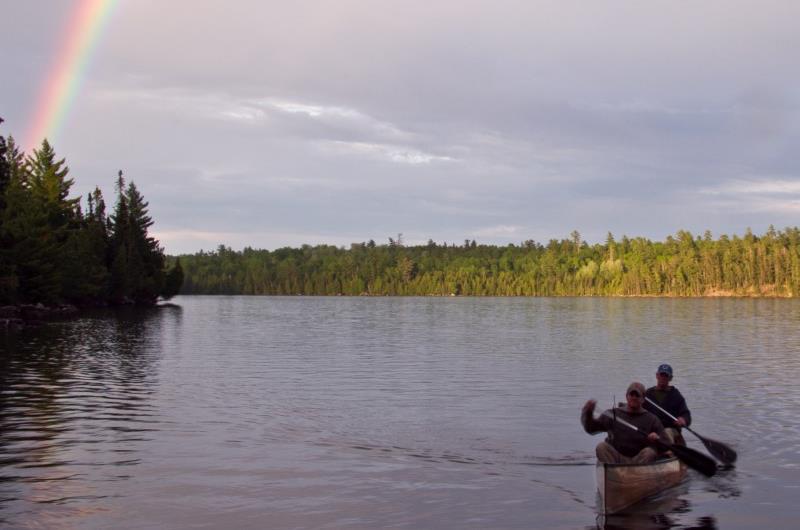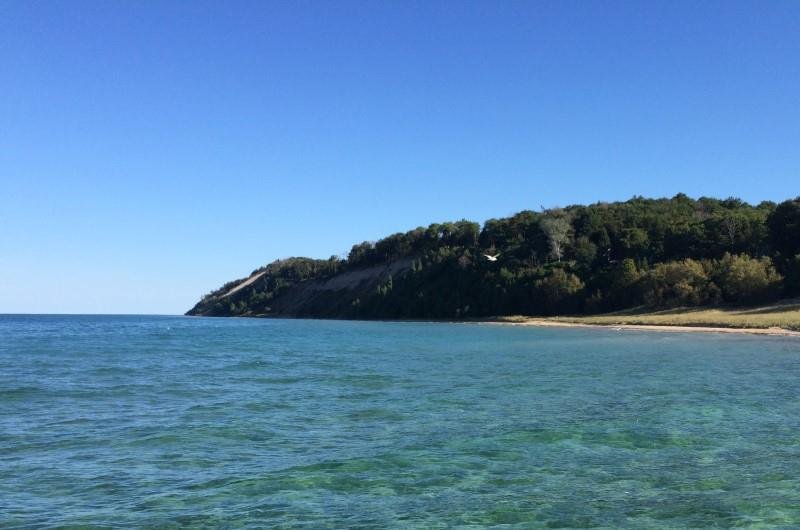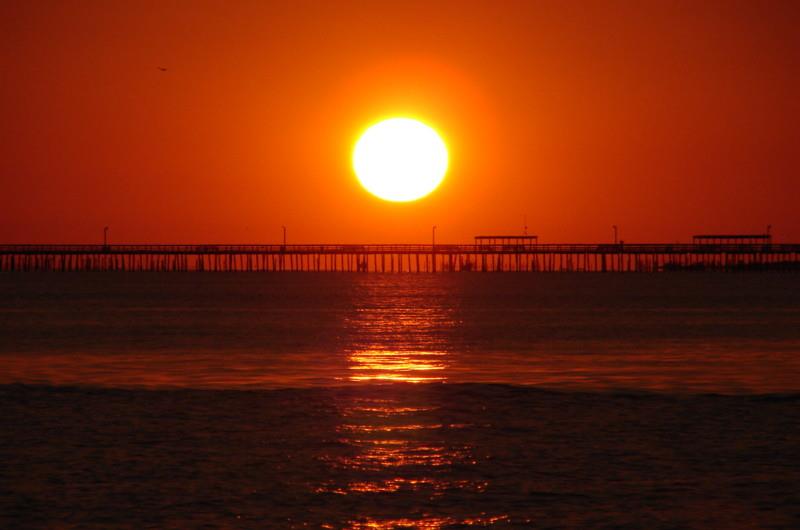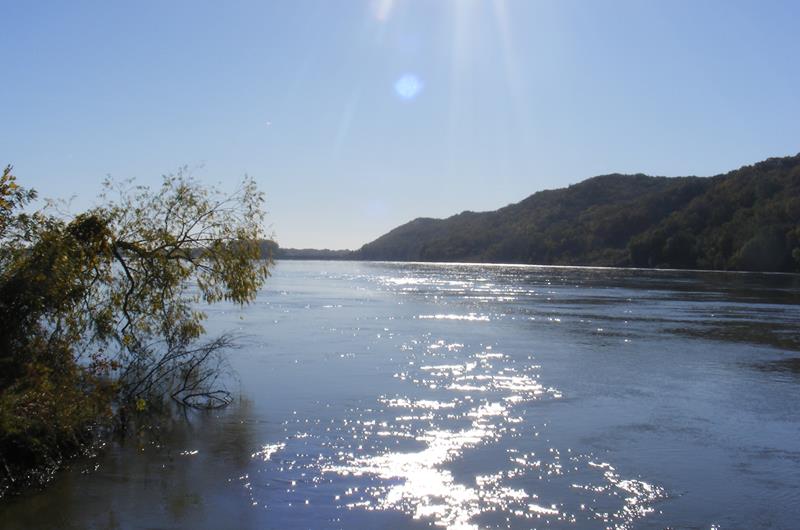In early January 2021, the 117th Congress will get down to business in Washington DC. Later in the month, a new presidential administration will take office. Changes in the leadership of our country always create energy and opportunity – and right now, America is facing a number of environmental challenges that urgently need that extra attention.
In this series of blog posts, we’ll look at those challenges, the common-sense solutions that could bring quick and effective progress, and the actions our leaders can take to turn those solutions into on-the-ground reality.
From sweeping plains to rainbow-hued canyons to soaring mountains, America is a country of iconic landscapes. And the idea of protecting those landscapes for the enjoyment of everyone was one of our nation’s greatest inventions. It’s thanks to that extraordinary idea that we still have spectacular places like the Everglades and the Grand Canyon – and it’s thanks to the League’s tireless efforts on behalf of conservation that we still have natural treasures like Isle Royale and the Indiana Dunes.
But some of America’s incredible landscapes still are not protected and cared for the way they should be. As water pollution problems become harder to see and harder to address, our rivers, lakes and bays are especially struggling. Here are four waterways that are still at risk today – and that the League is working to protect for future generations.

Boundary Waters
The Boundary Waters are America’s most visited wilderness area – and for good reason. The region sprawls over 1.1 million acres in northeastern Minnesota, encompassing 2,000 designated campsites, 1,200 miles of canoe and kayak routes, and well over 200 miles of hiking trails. All of it is set in a pristine, glacier-carved landscape where thousands of lakes and streams overflow with opportunities for outdoor recreation.
The League has been working to protect the Boundary Waters and the surrounding Superior National Forest virtually since our founding in 1922. We secured the original wilderness designation for this unparalleled landscape, and now we’re fighting to block a new threat that could damage the Boundary Waters for decades to come.
In recent years, a Chilean-owned mining company has ramped up plans for a copper mine just upstream of the Boundary Waters. The mine could release toxic byproducts, like sulfuric acid and heavy metals, into the streams and lakes of the wilderness area.
Legislation in the House of Representatives would block that mine and permanently protect over 230,000 acres of Superior National Forest from similar projects, while still allowing more sensible, less destructive resource extraction in the region. The League supports this bipartisan legislation and will continue fighting to protect the Boundary Waters for the 150,000 Americans who visit it every year and for all those who deserve to have the same opportunity in the future.

Great Lakes
The Great Lakes are truly a landscape on a different scale. Lake Superior alone holds 10 percent of all the accessible fresh water on Earth. Between them, the five Great Lakes supply drinking water for 30 million people, support 20 percent of U.S. manufacturing and provide a route to move 200 million tons of cargo to and from the North American heartland every year. One-third of all the registered boats in the United States have their home ports in the Great Lakes region, and all together recreation on and around the lakes engages 70 million people and generates $15 billion annually.
But all of this is in danger if we don’t address threats to these massive inland seas. Invasive species like zebra mussels and round gobies are wreaking havoc on the fishing industry, warmer temperatures and nutrient-laden runoff are causing massive algae blooms that close beaches and contaminate drinking water, and poorly planned development has wiped out nearly all of the region’s wetlands, diminishing habitat for wildlife and contributing to more severe flooding.
Since 2010, the Great Lakes Restoration Initiative (GLRI) has been making huge strides to tackle these problems. The initiative – which is a collaborative effort amongst the U.S. Environmental Protection Agency (EPA), 15 other federal agencies, state governments, and conservation groups like the League – has successfully slowed the spread of invasive species, cleaned up the most polluted areas and restored habitat for native fish and wildlife.
Despite this record of conservation success, continued funding for GLRI is in jeopardy. Allocating $320 million to the program in Fiscal Year 2022 would ensure that GLRI can continue to protect the crown jewel of America’s waterways.

Chesapeake Bay
With an intricately carved shoreline longer than the entire West Coast of the United States, the varied environments of the vast Chesapeake Bay provide homes for 2,700 species of plants and animals. $850 million worth of fish and shellfish is harvested from its waters each year, while the waters themselves support 13 million people across six states and the District of Columbia.
But this far-flung network of streams and rivers feeding the Bay creates challenges: People in Delaware, Maryland, New York, Pennsylvania, Virginia, West Virginia and Washington DC must all work together to keep the Chesapeake clean and healthy. Any jurisdiction that doesn’t meet its obligations can damage this vital resource for everyone else.
Fortunately, EPA’s Chesapeake Bay Program is more than up to the task of keeping all the stakeholders pulling in the same direction. The program’s pioneering collaborative approach to conservation and restoration has been recognized worldwide as proof that cooperation can be more effective than regulation when it comes to protecting the environment. And the Bay Program’s efforts are showing up in real improvements to water quality and aquatic habitat in the Chesapeake.
Like GLRI, the Chesapeake Bay Program relies on continuous funding to support its important and proven-effective projects. $90.5 million in Fiscal Year 2022 would allow EPA and its state and local partners to keep making progress on restoring the health of the Bay and its headwater streams.

Missouri River
The Mighty Mo, America’s longest river, connects people across 10 states and two Canadian provinces. Over 200 native fish species call the river home, while human inhabitants of the region engage in outdoor recreation – including hunting, fishing and wildlife watching – at higher rates than people in any other part of the country, with much of that recreation focusing around the river itself.
The banks of the Missouri River can be an incredible place to live… or a devastating one. While the river has always been prone to flooding, climate change is causing more extreme precipitation, and the loss of over a million acres of natural areas along the river has left the extra water with nowhere to go. That dangerous dynamic contributed to more than $3 billion in property damage in 2019. The loss of habitat has also landed two kinds of shorebirds on the Endangered Species List, while 51 native fish species are now considered to be rare or declining.
These problems can be solved with better management – and better management can happen through the Missouri River Recovery Program (MRRP), the Mighty Mo’s equivalent of GLRI and the Chesapeake Bay Program. Through MRRP, the Army Corps of Engineers carries out common-sense conservation projects to mitigate some of the damage caused by over a century of trying to turn this powerful river into a series of reservoirs and a navigation channel for barge traffic. These projects reduce flooding and restore vital habitat for threatened species – and as with similar programs, robust funding is crucial to ensure these successful restoration efforts can move forward.
America can’t put a price on clean and safe drinking water, abundant opportunities for outdoor recreation, thriving industry or majestic landscapes. Reasonable investments in programs that have a proven track record of success at protecting our nation’s major waterways will ensure we can continue to enjoy the full value of these vital resources. President-elect Biden can show leadership on these essential conservation priorities within his first 100 days – and the League will be pressing him and his new administration to do exactly that.
You can join in our efforts. Sign up now for conservation news and opportunities to take action on causes you care about.
Subscribe now